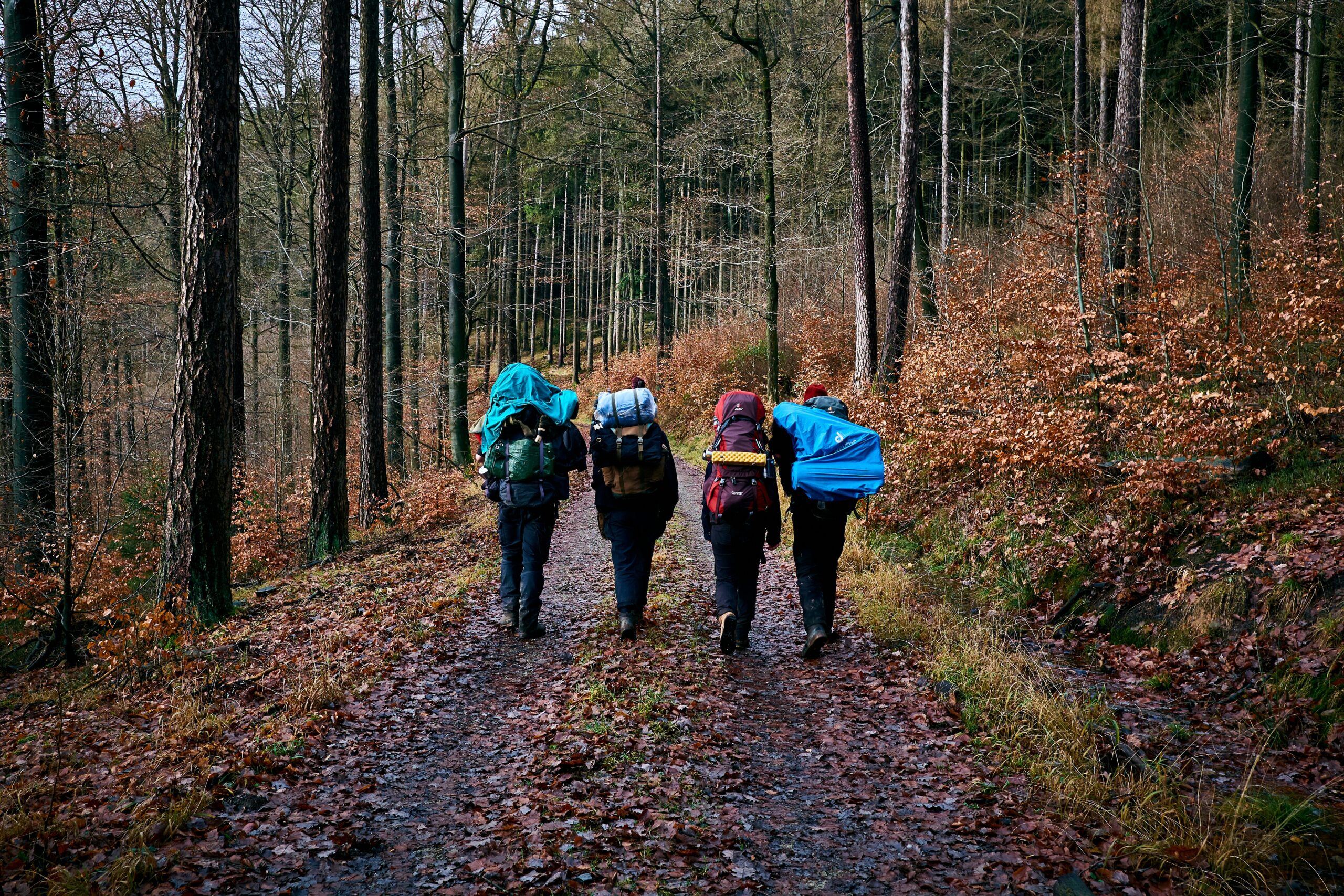Traveling on a budget often conjures images of instant noodles and bread rolls, but backpacking across Europe and Asia tells a completely different story. For many travelers, food becomes the centerpiece of the journey—an adventure that shapes memories, deepens cultural understanding, and connects them with locals in ways guidebooks never could.
The Joy of Street Food Adventures
Street food is often the heart of backpacking gastronomy. In Asia, it dominates every corner, from the sizzling woks of Bangkok to the aromatic tandoor ovens in India. A traveler can experience the full spectrum of flavors for just a few dollars. Sampling skewers in Taiwan’s night markets, pho on the sidewalks of Hanoi, or dumplings at Beijing’s bustling stalls isn’t just about eating—it’s about experiencing food as a living, breathing part of daily culture.
In Europe, street food has a different yet equally compelling charm. Think of fresh döner kebabs in Berlin, piping hot Belgian waffles topped with chocolate, or late-night pizza slices in Rome. These simple delights offer backpackers both affordability and authenticity, with each bite telling the story of migration, tradition, or regional pride. For many, the best meals aren’t eaten at Michelin-starred restaurants but standing shoulder-to-shoulder with locals at a busy market stall.
Markets as Cultural Gateways
Markets serve as open-air museums of flavor and history. In Asia, sprawling wet markets in Malaysia or spice bazaars in India transport you with their overwhelming sensory experiences. Vibrant displays of turmeric, cumin, and cardamom give insight into centuries-old culinary traditions. Here, backpackers can taste exotic fruits like mangosteen or rambutan for the first time, often guided by friendly vendors who take pride in showcasing their heritage.
European markets, though more subdued, offer a comforting sense of tradition. A morning stroll through Barcelona’s La Boqueria reveals artisanal cheeses, cured hams, and seafood laid out like works of art. Similarly, Prague’s Christmas markets transform food into a seasonal celebration, where the aroma of mulled wine and roasted chestnuts fills the frosty air. For backpackers, markets are not only a source of inexpensive meals but also an immersive cultural classroom.
Local Homes and Family Kitchens
Backpackers often find themselves invited into family kitchens, especially in Asia, where hospitality is a cherished tradition. Sharing a home-cooked meal with locals offers insights into traditions that rarely appear on restaurant menus. Dishes like Indian thalis or Korean kimchi stews are served with stories—narratives of family recipes that have been passed down through generations. These moments often create bonds stronger than any sightseeing experience.
In Europe, family-run guesthouses and small inns sometimes serve meals included in the stay. A rustic plate of pasta from an Italian nonna or a hearty stew from a Hungarian host feels like a warm embrace after a long day of exploring. Such encounters remind travelers that food is love translated across cultures, and backpacking opens doors to the most genuine of these culinary exchanges.
Balancing Budget and Flavor
One of the biggest myths about backpacking is that travelers must sacrifice good food for the sake of saving money. In reality, some of the most memorable meals are inexpensive. In Asia, a full plate of pad Thai or nasi goreng costs less than a cup of coffee in the West, allowing travelers to indulge daily without breaking the bank. Europe may be pricier, but savvy backpackers know where to look—lunchtime set menus in Spain, bakery sandwiches in France, or shared tapas plates that stretch both flavor and budget.
Budget-conscious travelers also embrace picnics with supermarket finds. Fresh baguettes, cheese, and fruit picked up in Paris or Vienna can make for unforgettable meals when eaten in a park overlooking historic landmarks. The art of balancing budget and taste transforms eating into part of the adventure, where creativity often leads to surprisingly delicious discoveries.
Festivals and Seasonal Celebrations
Food festivals provide backpackers with a concentrated taste of a region’s culinary identity. In Asia, harvest festivals feature vibrant spreads of sticky rice cakes, mooncakes, and celebratory curries. Songkran in Thailand or Diwali in India transform cities into feasts of color and flavor, where even backpackers are welcomed into the festivities with open arms.
Europe’s seasonal celebrations carry their own magic. Oktoberfest in Germany combines beer and pretzels in a cultural whirlwind, while Italy’s regional food fairs showcase specialties like truffles, olives, and wines. For the traveling foodie, festivals are not only about eating but also about joining a collective cultural experience that transcends borders.
Culinary Challenges and Surprises
Not every gastronomic journey is smooth. Backpackers often encounter dishes that test their comfort zones. In Asia, this might mean fried insects in Cambodia or durian fruit in Singapore, notorious for its strong aroma. In Europe, dishes like blood sausage or pungent blue cheeses can be equally intimidating. Yet these culinary challenges often become some of the most cherished travel stories—proof that stepping outside your comfort zone creates memories as rich as the meals themselves.
Surprises also come in the form of unexpected fusions. Globalization and migration have combined cuisines in both Europe and Asia, resulting in unique flavors. A Turkish kebab shop in Paris or a Japanese ramen stall in Prague reminds travelers of how food adapts and evolves, reflecting human movement across continents. For backpackers, these surprises are as much about discovery as the destinations themselves.
Building Connections Through Food
At its core, gastronomic backpacking is about connection. Sharing a communal table in a Vietnamese noodle shop or chatting with strangers at a German beer hall brings travelers into the orbit of people they might never have met otherwise. Food breaks down barriers of language and background, creating a common ground where friendships form naturally.
These connections often outlast the meals themselves. Backpackers carry with them not only recipes and flavor memories but also the kindness of people who welcomed them to their tables. Food becomes a form of storytelling—every bite a chapter in the larger narrative of global exploration.






